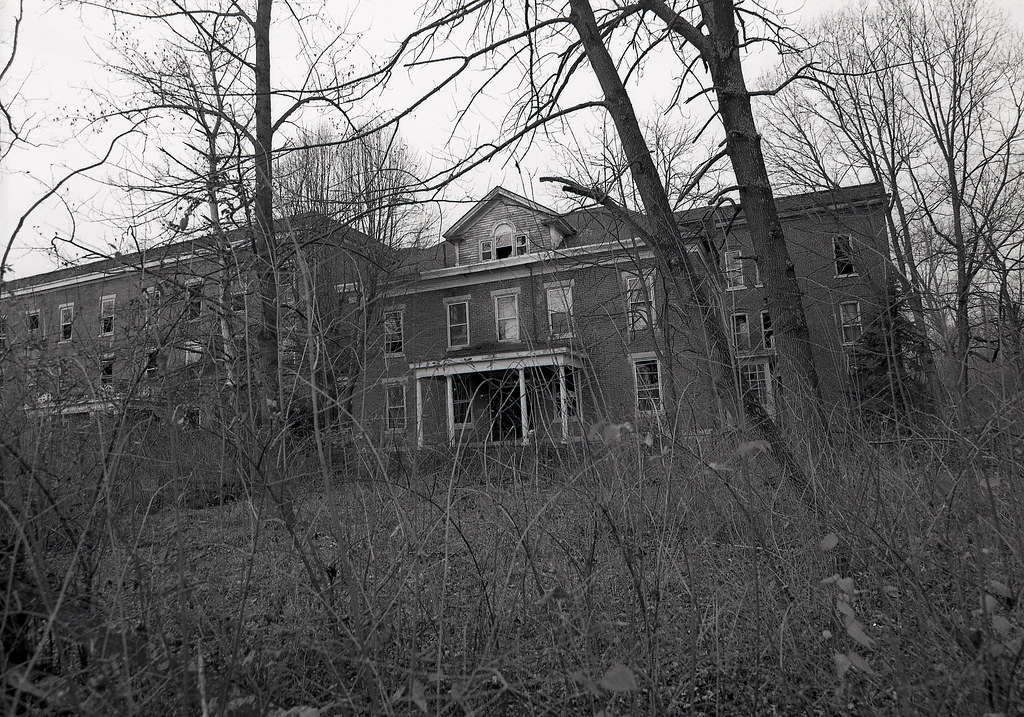Negotiations to bring a higher-education campus to the small town of Germantown began in 1885, initially to be a satellite campus of the Cincinnati Wesleyan College. However, that did not end up being the case, and the town council found themselves in the office of Orvon Graff Brown, who at the time was the president of the Ohio Conservatory of Music and the School of Oratory.


Brown agreed to build a branch of his College in Germantown. But by 1886, Brown was set on establishing a whole new college in the town, and by 1888 the Twin Valley College was established by charter and by 1889 boasted an enrollment of 62 students from the southwestern regions of Ohio. By the last decade of the 19th century, the idea to promote the US as a country of influence turned many such private colleges to introduce military courses into their curriculum. Twin Valley was no different. Courses on Military science, tactics, and discipline were soon introduced by 1894. Brown stated he liked young men who grew up well-equipped in education and trained in self-control. Twin Valley College soon became the Miami Military Institute. Although continuing to offer classical, science, and business course, all students required military training. Music was cut, as was the enrollment of women. By the end of the 1890s, the entire operation was fully militarized; the cadets wore uniforms, were drilled and marched through the town. Brown was granted the rank of Colonel and petitioned the US Army to assign one of their officers to his school.


At the start of the 20th century, the Institute boasted a population of sixty cadets, all of which resided on site. In 1904 fire destroyed one of the buildings on site, which was rebuilt with the help of the town. But despite this, the Institute remained almost a separate entity from the town itself. Some locals did come to watch the dress parades through the town. MMI continued to operate through the early 20th century but never had an enrollment more significant than 80 cadets. After “Colonel” Brown stepped down from actively serving at MMI, his son stepped in as headmaster with a US Army officer maintaining command of the cadet corps through the First World War.


The school struggled through the great depression and finally closed its doors in 1935. It is after this point that the history of the place becomes non-existent, which for me is annoying. I was about to discover that the campus continued to be used as a summer camp for high school bands, using the former barracks and admin buildings as late as the 1970s. A church camp also operated on the site through the later half of the 20th century. The exact date it was abandoned and forgotten is unknown, but it has been at least ten years, probably more than these buildings have been unused.
You can find some fantastic historical images for MMI Here